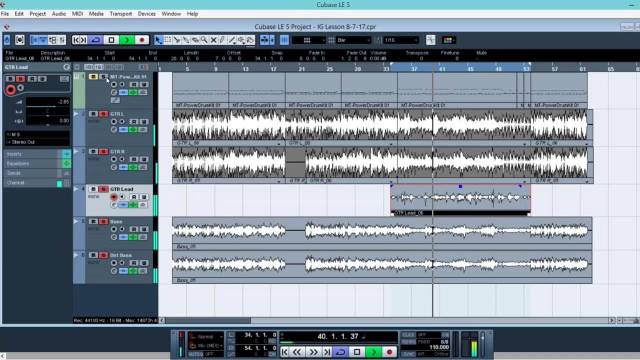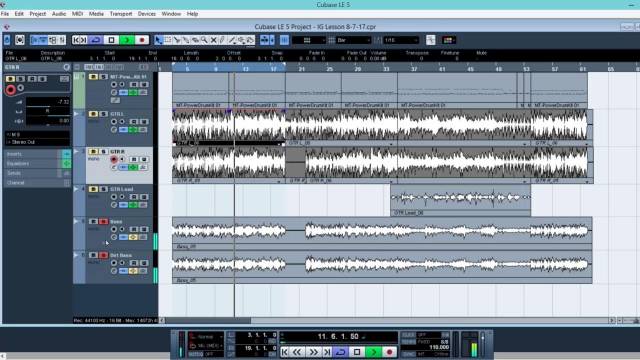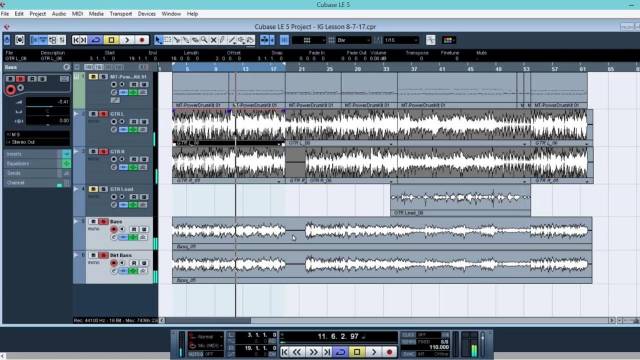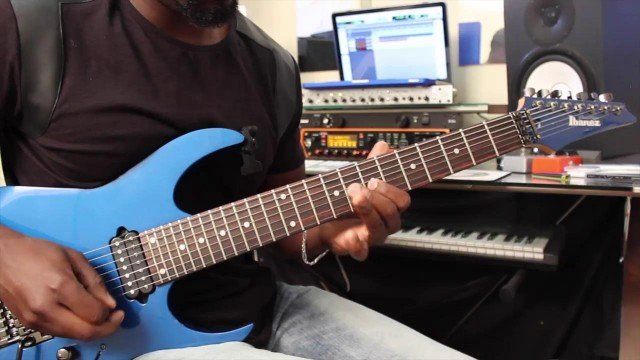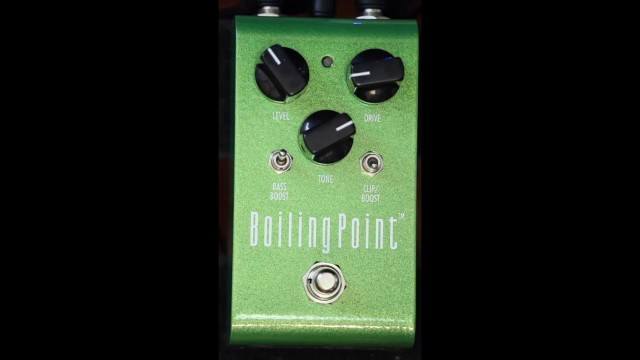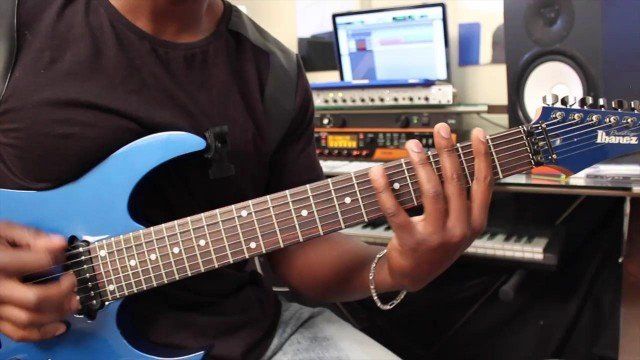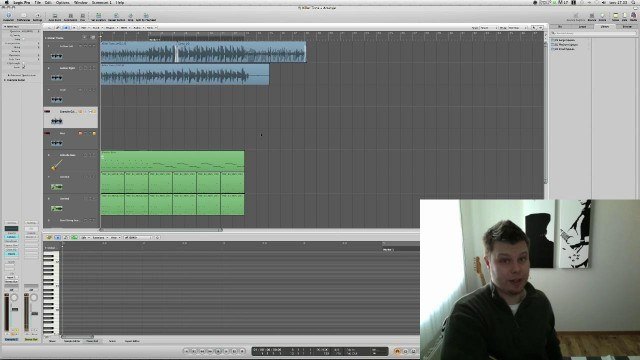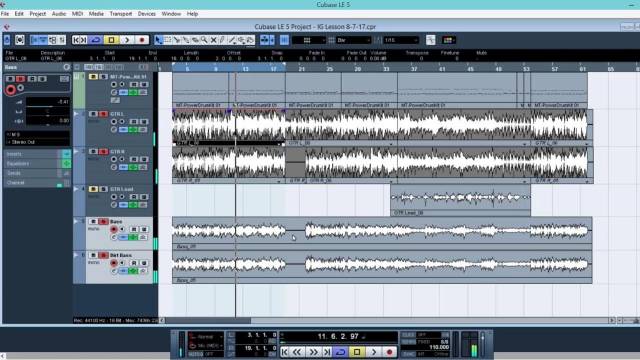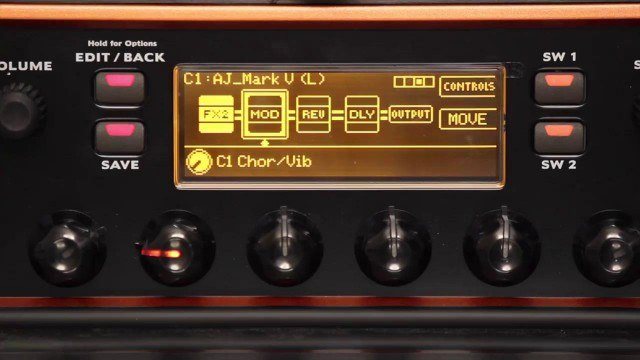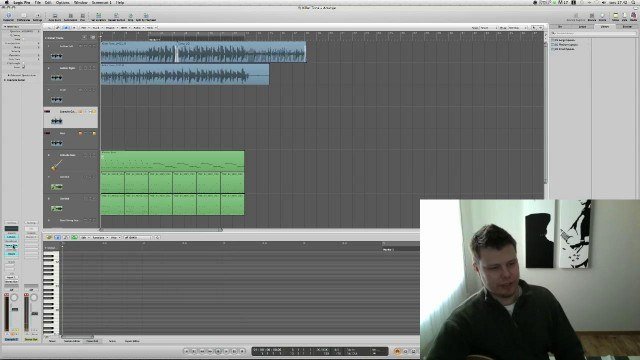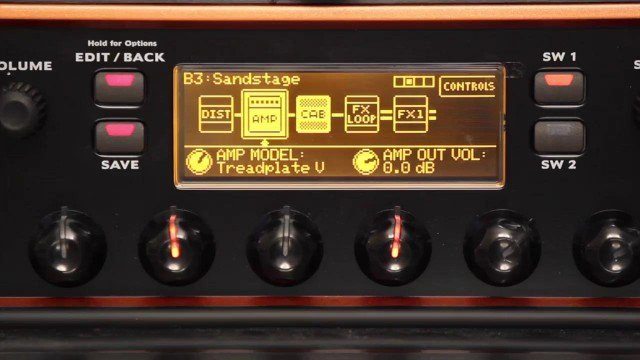Now for Part 3. A very common trick in the studio is to use a good overdrive pedal in front of an amp. This is primarily used in non-master volume amps such as old Marshalls to fry the front of the amp a bit and up the gain and compression. A Tube Screamer type circuit does the job brilliantly here since it sort of acts like an EQ at the same time, tightening up the low end, and smoothing out the high end.
In the world of digital emulations, it also serves the purpose of “warming” up the tone a bit, and giving it a more life-like sound. It works wonders on more brittle sounding software plugins. With the LeGion however, which sounds great in and of itself, the effect will not be as “magical”.
It can also work wonders on a more hi-gain amp as well, giving slightly more definition to the tone, both for rhythm and lead. The idea here is to actually use this type of OD and not a distortion pedal. The reasons for this is that a good OD pedal allows some of the clean signal to remain un-colored, which is preferable to having a distortion pedal that completely saturates the tone, and alters the base tone of the amp you like so much.
However, using an OD pedal on a pristinely clean amp is not the best idea for heavy rock sounds, since you will then hear some of the clean signal passing through.
As I mentioned in the text for Part 1, BTE Audio also has a Tube Screamer plugin. If you do not have access to a real pedal, try placing this plugin FIRST in your signal chain (before the amp and impulse responses).
At the end of the video, I'll leave you with a short clip of what this stuff might sound like with drums and some bass. I haven’t done any EQ’ing apart from the stuff shown in Part 2. Nor have I placed any Mastering effects on the tone. So it's not necessarily “album ready”, but it will give you an idea of how it might sound.
Take care and see you in future tutorials!




